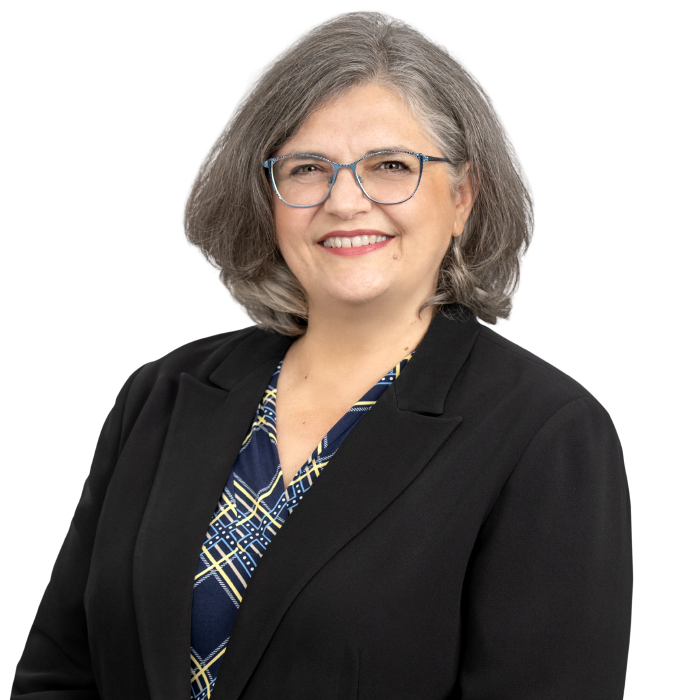
FCC Cable Franchising: In-kind and Mixed Use Rules
PublicCEO Article Addresses Current Rules and What Happens Next
By Gail Karish and Cheryl Leanza
Over the last few years, the Federal Communications Commission (FCC) has been reinterpreting several key Cable Act provisions that govern cable franchise authority and fees. In 2021, a federal appeals court partially reversed and partially affirmed the FCC’s most recent decision, which redefined the meaning of cable “franchise fees,” mandated deductions from those fees in some cases, constrained the actions state and local governments may take inside and outside the cable franchising process, and applied these rulings to states that have a state-level franchising regime, like California. While some of the FCC’s rulings and the related appeals court decision have little impact on California cities because of California’s Digital Infrastructure and Video Competition Act of 2006 (DIVCA), several of the rulings are important for local California officials to understand.
Franchising in California vs. the Federal Cable Act
In California, DIVCA dictates that the California Public Utilities Commission (CPUC) is the sole video franchise authority within the state. Rather than the CPUC negotiating a cable franchise with each operator, DIVCA offers the basic franchise terms and a streamlined approval process with very limited ability for local governments to tailor some requirements to local needs. The statutory DIVCA video franchise lasts for a 10-year term and adopts a franchise fee of 5% of gross cable revenues. DIVCA permits local governments to require operators to provide three public, educational and governmental (PEG) cable access channels, and to impose via ordinance a fee for the cost of those channels in the amount of 1-3%, depending on certain factors. However, DIVCA prohibits localities from requiring other benefits such as significant infrastructure build-out, networks that serve non-residential subscribers (known as institutional networks or “I-Nets”) and “in-kind” services, such as free service to schools or other public facilities. DIVCA also severely limits customer service requirements and their enforcement. California recently adopted a new law mandating collection of statewide data about video franchise deployment, SB 28, and the adoption of new customer service requirements by the CPUC, and at least two pending bills could further amend DIVCA.
Most states that adhere to the default provisions of the federal Cable Act have more flexibility to address community needs than California cities operating under the constraints of DIVCA. Under the federal regime, localities may require communications capacity for their use on institutional networks, heftier customer service obligations, build-out and service to business customers, and low-cost or free service to municipal buildings, among others even though, as described below, the FCC’s new rules place some limits.
In-Kind Contributions
The FCC required state and local governments to deduct from franchise fees the value of any “in-kind” obligations imposed by the franchising authority on a cable operator except for build-out and customer service. Many of these in-kind obligations are prohibited by DIVCA already. However, in instances where cable operators may deduct the cost of complying with franchise obligations from franchise fees, localities successfully persuaded the federal court that the value deducted from franchise fees is the incremental cost of the franchise obligations—not the fair market value, which is what the FCC originally sought to impose. Cable operators, however, are not required to demand offsets and the FCC’s ruling directs cable operators and franchise authorities to renegotiate franchise terms to attain compliance, where required, within a reasonable time period. (The FCC contemplated this would typically take 120 days.) It is not clear how this notification and negotiation would work in California.
PEG Capital Costs
The federal Cable Act permits some fees above the 5% cap on cable franchise fees—in particular, it permits localities to require operators to pay capital costs for PEG facilities. Any fee over the 5% franchise fee must, therefore, be limited to capital costs, including the DIVCA-authorized 1% PEG fee. The FCC’s ruling, upheld by the court, determined that the cost of providing lines that transport PEG signals from studios to cable operators are capital costs and do not count against franchise fees, but the cost of maintaining those lines are not capital costs (so the marginal cost of maintenance would potentially count against the franchise fee).
The FCC also determined that the cost of providing PEG channel capacity on the cable system itself would count as an “in-kind” obligation, which counts against the 5% franchise fee unless that capacity was treated as a capital cost—but the agency deferred any decision on whether the provision of capacity would be exempt as a PEG capital cost.
Mixed Use Rule & Impacts
The FCC codified a “mixed-use” rule stating that “a local franchise authority (LFA) may not regulate the provision of any services other than cable services offered over the cable system of a cable operator.” The federal court criticized the accuracy of this rule but largely upheld the FCC’s analysis, which preempted local governments in several respects. Specifically, it upheld the FCC’s decision preempting a broadband access right of way fee adopted by the City of Eugene, Oregon pursuant to Oregon law.
It remains to be seen what the FCC will do with regard to the Mixed Use rule after the court’s decision. As written, because the rules now apply to state franchising regimes, the rule technically preempts regulation of telecommunications or broadband facilities by the CPUC even though federal law preserves that authority. It could also be interpreted to mean that a cable franchise authorizes installation of any equipment in right-of-way (ROW), even if it is not used for cable service, including WiFi and small cell facilities.
How Municipalities Can Respond
Now that court review is over, the FCC will be working to implement the decision. In response, California municipalities can take the following steps:
- There is no need for the CPUC (as the LFA) to raise these issues—cable operators may take advantage of fee offsets, but are not required to do so. Operators must notify franchise authorities if they intend to take offsets and franchise terms must be renegotiated within a reasonable period of time, but it is not clear how local governments would receive this notification or participate, if notice were transmitted to the CPUC.
- Know the rules! Costs are limited to marginal costs. Seek proof where appropriate, unless the amount proposed is small. Do not take the operator’s word for it.
- The Cable Act requires any costs recovered through franchise fee offset (i.e., a reduction in franchise fees) to be passed through to subscribers.
- The mixed use rule gives operators additional incentives to shift revenues to “non-cable” services. This may be a significant issue to watch for in franchise fee audits.
To influence the law and policies that govern local franchising, municipalities should:
- Take advantage of any opportunities to advocate before the FCC as it implements the court decision
- Track and engage with Sacramento as it considers further changes to DIVCA
- Because of the changing nature of cable vs. broadband service revenues, courts and state legislatures around the country may be further considering how best to manage and pay for access to local rights of way for communications infrastructure. Stay tuned.
This article first appeared on PublicCEO.com on April 6, 2022. Republished with permission.




